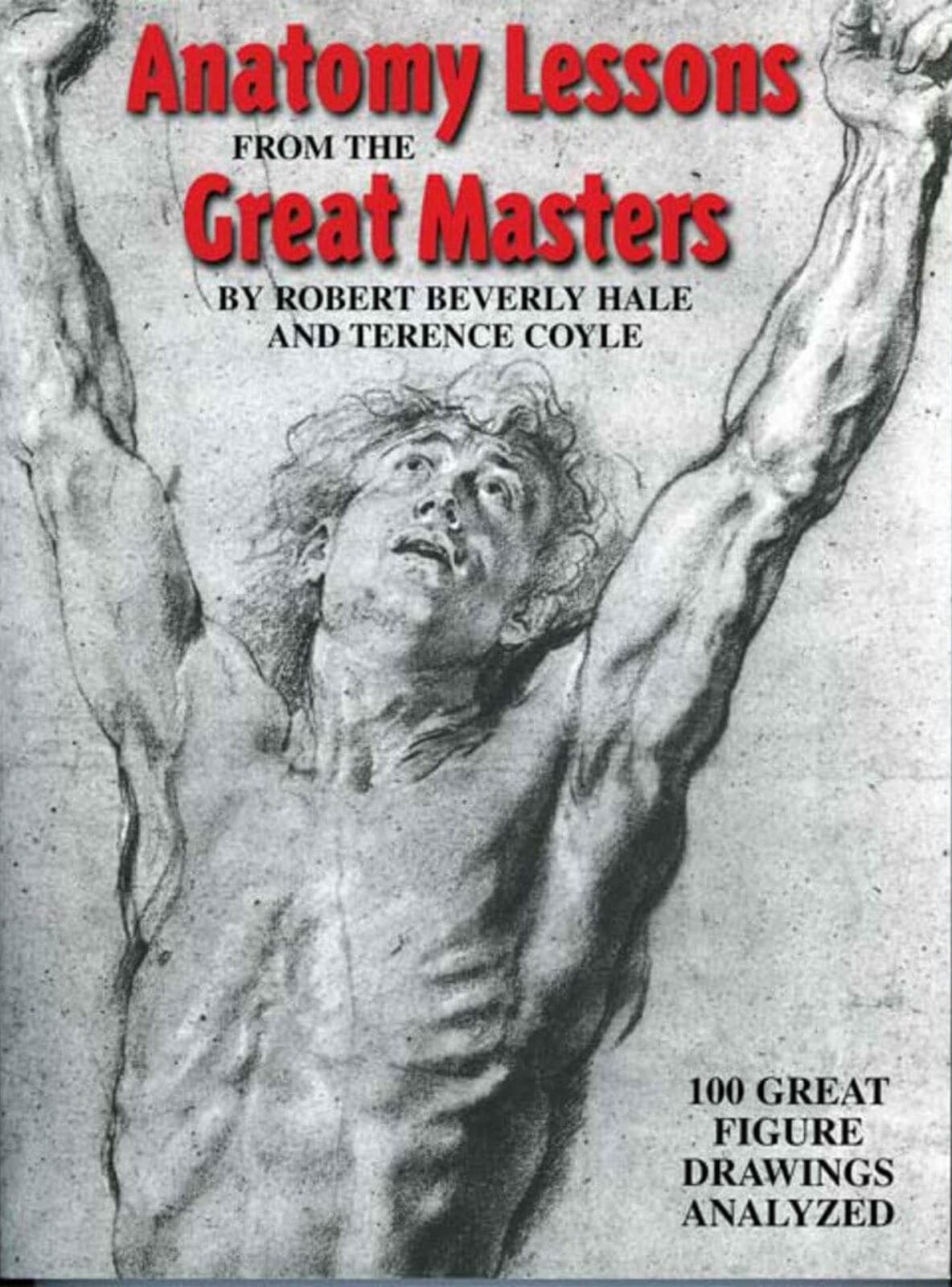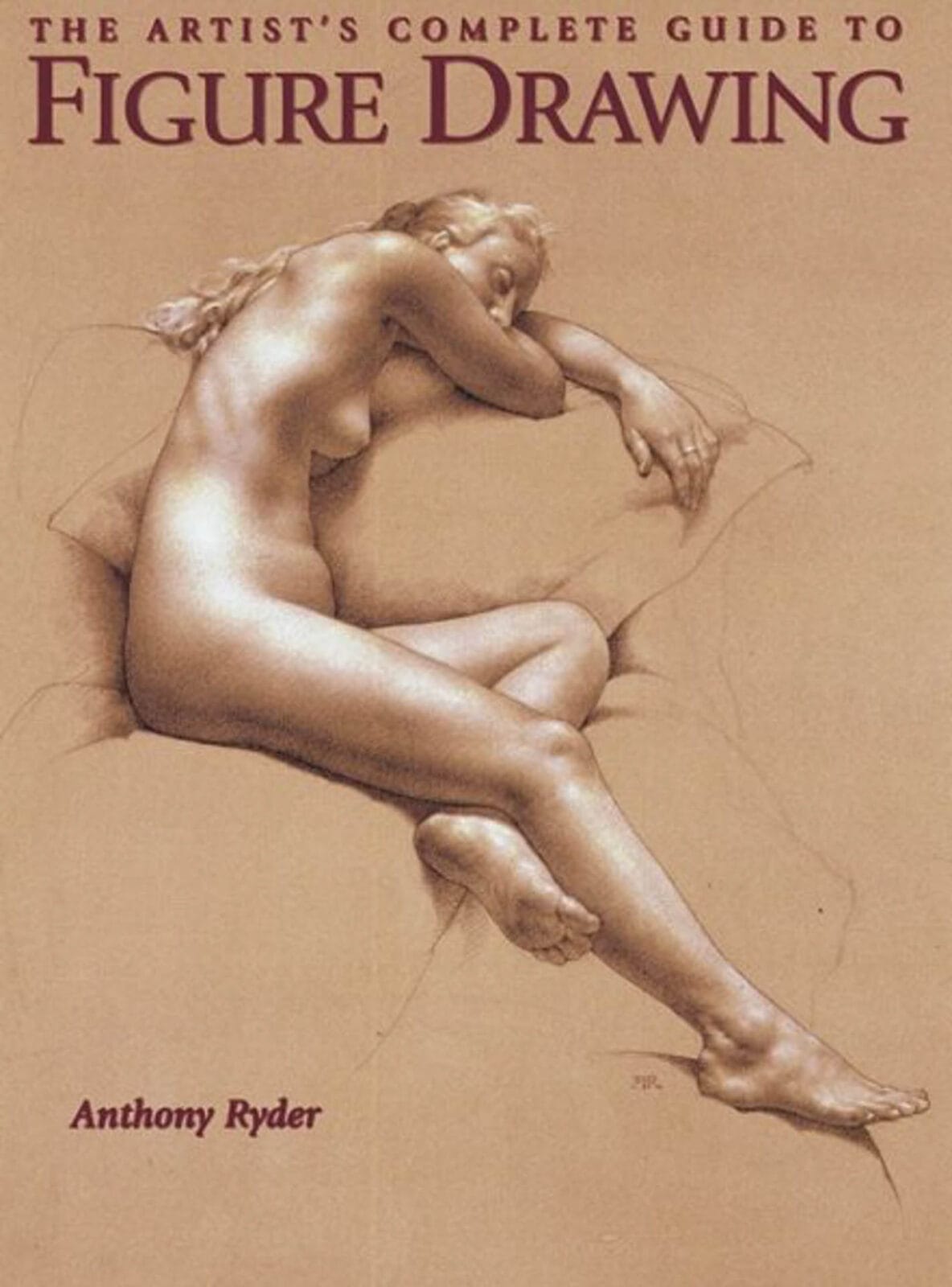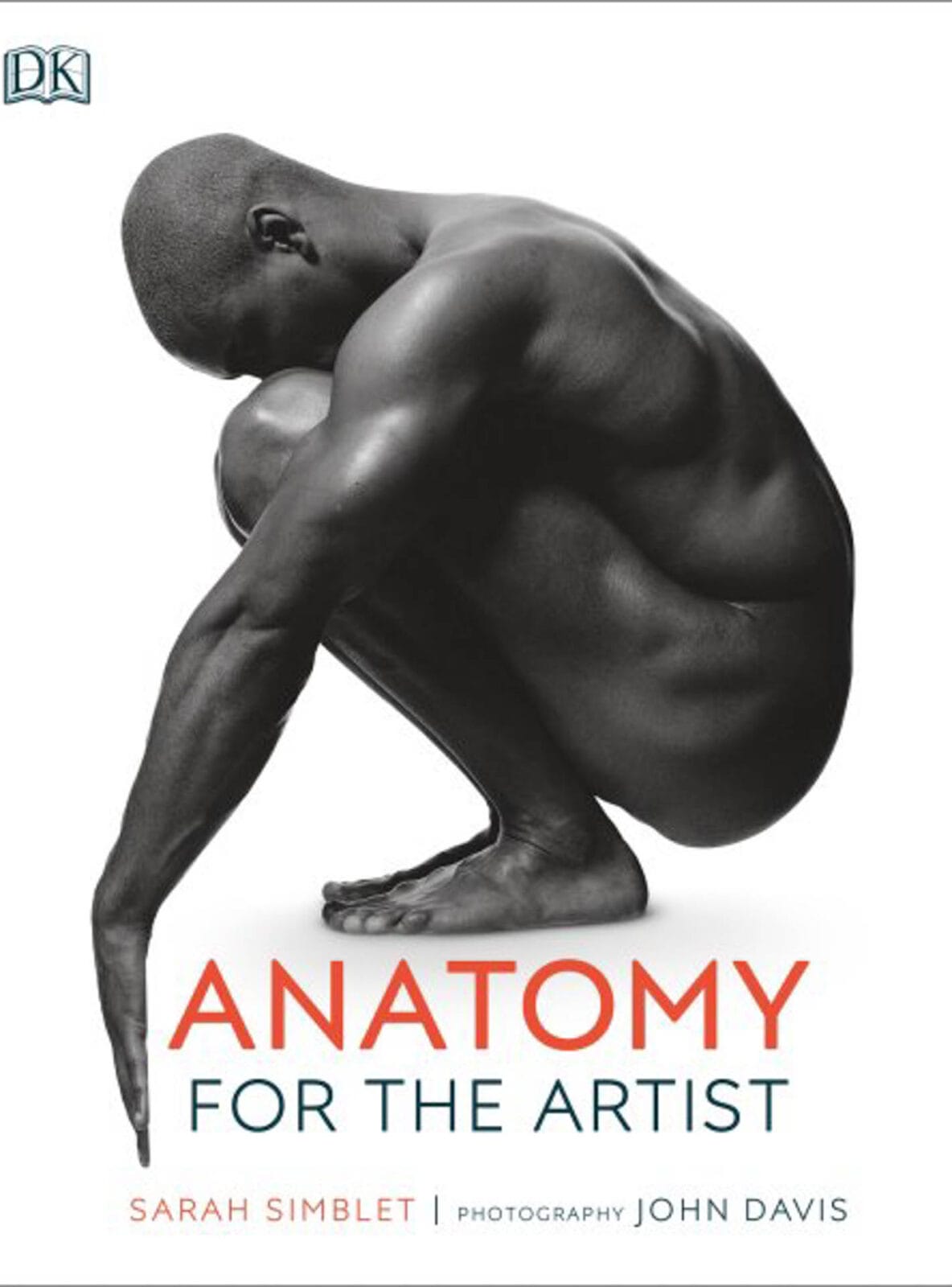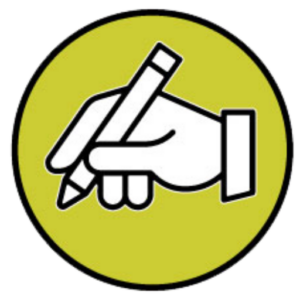Anatomy Lessons from the Great Masters

This classic 1977 book (paperback edition, ©2000), whose foremost author was one of the great artistic anatomy teachers of the twentieth century, is an invaluable instructor and reference guide for any professional, amateur, or student artist who depicts the human form. Revealing the drawing principles behind one hundred inspiring masterpieces, the book presents work by […]
The Artist’s Complete Guide to Figure Drawing

Demonstrates a three-step drawing method exploring outline, contour, and the capture of light, volume, and mass. Many of us want to learn ”how to draw“; but as artist Anthony Ryder explains, it‘s much more important to learn what to draw. In other words, to observe and draw what we actually see, rather than what we […]
Anatomy for the Artist

Anatomy for the Artist by Sarah Simblet, with photographs by John Davis, is a valuable resource for students and teachers of fine art drawing. It bridges the gap between anatomical knowledge and artistic representation, particularly enhancing the understanding of gesture and movement in drawing the nude figure. Comprehensive Anatomical Detail The book provides an in-depth […]
